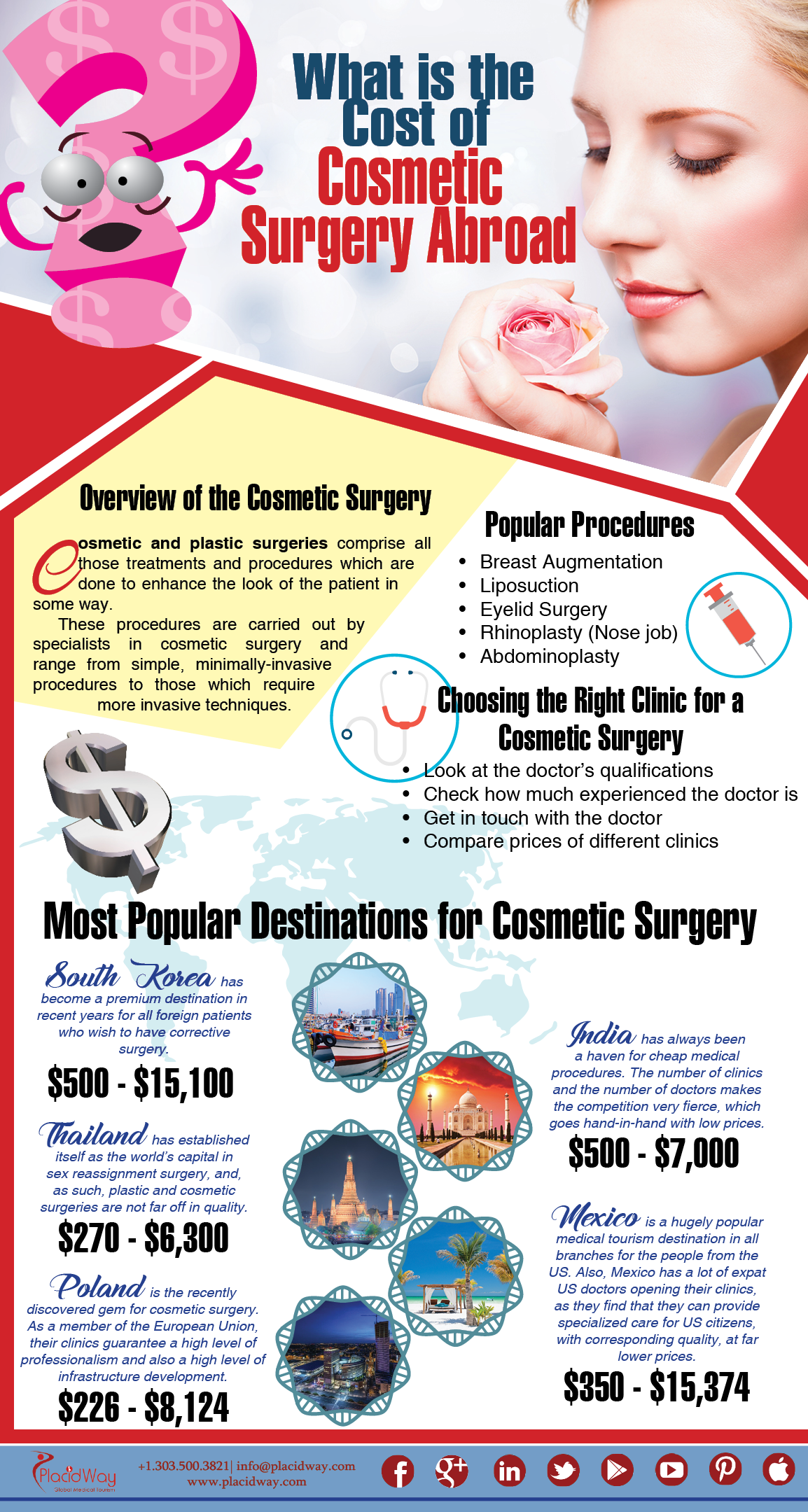How To Read Acne Product Labels
How To Read Acne Product Labels
Blog Article
Prescription Acne Products Vs Over-The-Counter Acne Products
Non-prescription acne items include cleansers, place therapies and other topical drugs that put on the skin. They work by eliminating bacteria, getting rid of excess oil and speeding up the growth of brand-new skin.
Prescription acne items consist of dental medicines and gels. They target the microorganisms that create acne and block hormonal agents like testosterone, which cause outbreaks.
Benzoyl Peroxide
Benzoyl peroxide is just one of one of the most preferred active ingredients located in non-prescription acne items. This disinfectant representative eliminates microorganisms, aids eliminate excess oil, and minimizes dead skin cells that can block pores. Depending upon the concentration of benzoyl peroxide in a particular product, it can likewise serve as an oxidizing agent, which can help to dissolve blackheads.
Most benzoyl peroxide products are available in various toughness, varying from 2.5 percent to 10 percent. Guerrero and Lee advise beginning with a low-strength item and slowly enhancing the amount used daily.
Keep in mind that benzoyl peroxide can cause completely dry, scratchy, peeling off skin. This adverse effects typically disappears once the skin gets made use of to the drug. Individuals with sensitive skin ought to use a moisturizer to aid stop this dryness.
This medication should not be used on cuts, scratches, or sunburns. It might bleach material, so prevent direct contact with clothing. It is additionally crucial to avoid of the sun or use a sun block with an SPF of 30 or greater.
Salicylic Acid
A beta hydroxy acid, salicylic acid assists unclog pores by softening the keratin that builds up in the skin. It additionally aids the skin dropped dead cells and decreases inflammation, which can aid stop blackheads from developing. It's frequently combined with various other components in prescription treatments such as Onexton (clindamycin and benzoyl peroxide) or Epiduo (adapalene and salicylic acid).
Over-the-counter salicylic acid is readily available in differing concentrations from 0.05% to 2% in wash-off products and leave-on lotions. It can trigger mild painful, and it's not advised for extremely sensitive skin. It might engage with some medicines, including pain killers and methyl salicylate (utilized in some muscle massages), so make certain to tell your doctor concerning any type of prescription and nonprescription medicines, vitamins and supplements you are taking.
Using excessive salicylic acid or using it for a longer amount of time than guided by your doctor can cause the problem known as salicylate poisoning, which is possibly hazardous to children and grownups. Get in touch with a doctor today if you experience consistent skin irritation, itching or hives after usage.
Azelaic Acid
Adding a new skin care ingredient to your line-up is constantly a bit of a wager. You want it to function well with your existing products, yet you likewise need it to be reliable and risk-free-- specifically if you have delicate skin.
Azelaic acid is an excellent alternative for people with rosacea and acne. It aids deal with current imperfections by unclogging pores, and it avoids future episodes by killing microorganisms that trigger them. It additionally promotes cell turnover, so it can assist decrease scarring and staining caused by acne or melasma.
You can locate azelaic acid in prescription creams like Azelex and Finacea, or in non-prescription products which contain 15 percent or more of the active ingredient. However, you'll obtain the most gain from prescription-strength formulations. They have much more azelaic acid, and they additionally generally consist of other active ingredients that work together to target certain skin conditions like rosacea or hyperpigmentation. These consist of exfoliants, anti-inflammatories and topical antibiotics. They are likewise often less bothersome than other acne therapies.
Hydroquinone
Hydroquinone is a bleaching representative that can aid to lighten skin tone. It's typically discovered in lotions, gels and solutions that are available with prescription from a skin specialist. It's utilized to treat dark areas triggered by sunlight direct exposure, such as melasma, freckles and liver areas. It can likewise be utilized to minimize the look of fine lines and creases.
It works by decreasing the variety of melanocytes that produce melanin in the treated location. This results in the skin appearing lighter, yet it is essential to bear in mind that sunlight exposure will certainly turn around the effects of hydroquinone. It's suggested that you make use of a strong sun block while utilizing this product.
When utilized appropriately, there are few dangers related to hydroquinone. However, it can dermatologica trigger skin irritability in some people. It's also not a great concept to combine it with peroxide products, as this can produce dark stains on the skin. It's likewise vital to wash your hands well after using it, to ensure that you do not get it in your eyes or mouth.